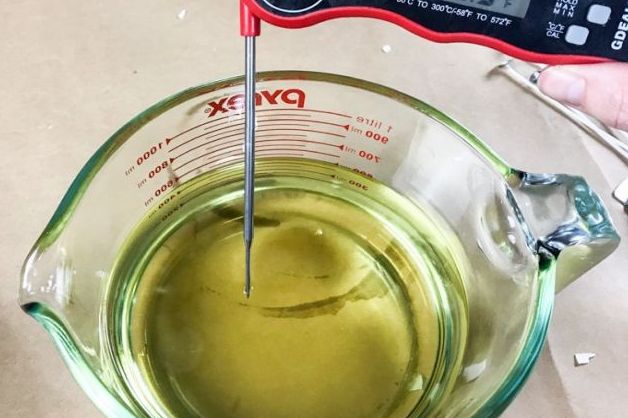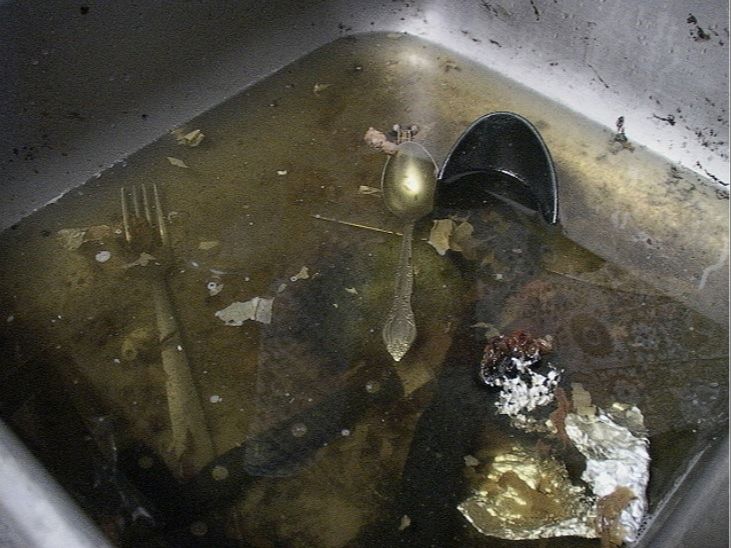Is Melting A Chemical Changes?
To understand whether melting is a chemical change, we first need to understand the definitions of melting and chemical change.
Melting is defined as the phase change process by which a substance transitions from a solid state to a liquid state by absorbing energy, typically heat. The temperature at which a substance melts is known as its melting point (Source).
A chemical change involves the formation of new chemical substances via chemical reactions. It results in a substance with different chemical properties compared to the original substance (Source).
With these definitions in mind, we can analyze whether melting qualifies more as a physical or chemical change.
Physical vs. Chemical Changes
Physical changes involve altering the shape, size, or state of a substance without changing its chemical identity. Molecules are rearranged but not fundamentally altered in a physical change. Examples include melting ice into water, crumpling paper, or breaking glass. The substance looks different after a physical change but its composition remains the same (https://serpmedia.org/scigen/assets/m3t1_change-chemorphysical.pdf).
Chemical changes, or chemical reactions, occur when the substances involved undergo a chemical transformation and turn into a fundamentally different substance. The reacting molecules break old bonds and form new bonds, resulting in new substances with different chemical identities. Examples include burning wood, cooking an egg, or rusting iron. After a chemical change, the initial substances are no longer present (https://byjus.com/chemistry/difference-between-physical-and-chemical-change/).
The key differences between physical and chemical changes are:
- Physical changes only alter the appearance, state, or shape of a substance. Chemical changes form entirely new substances.
- Physical changes are often reversible. Chemical changes are usually irreversible.
- Energy is absorbed or released during a physical change. Energy is absorbed, released, or both during a chemical change.
- The chemical composition stays the same in a physical change. The composition changes in a chemical change.
Melting as a Physical Change
Melting is a physical change because it involves a phase change from solid to liquid without any alteration to the chemical composition (Why is melting a physical change?, 2023). When a solid melts, only the state changes from solid to liquid. For example, when ice melts and becomes liquid water, the molecules do not change – H2O molecules remain H2O. The chemical identity stays the same (3.6: Changes in Matter – Physical and Chemical Changes, 2019). Melting does not form any new substances, it simply converts a solid into a liquid by adding heat energy. The molecular structure remains unchanged. Thus, melting is categorized as a physical change rather than a chemical change.

Evidence Melting is Physical
There are several key pieces of evidence that demonstrate melting is a physical change rather than a chemical change:
Melting is reversible. The melted substance can return to its original solid state if heat is removed. This reversibility indicates no chemical change has occurred, just a physical state change.
The chemical composition remains unchanged when melting occurs. Analysis shows the substance has the exact same chemical makeup before and after melting. There is no creation of new substances or chemical bonds when something melts.
Melting does not produce or release heat energy. Chemical changes frequently involve the release of heat, however the melting process requires heat input and absorption in order to cause the phase change. The lack of heat output suggests no chemical reaction has taken place.
Characteristics like color, molecular structure, odor, and density remain the same when a substance melts. If it was a chemical change, new properties would emerge in the process. The retention of original characteristics provides evidence that melting is physical.
Overall, the reversible nature, unchanged composition, lack of heat release, and retention of attributes all provide clear evidence demonstrating that melting is categorically a physical change rather than a chemical one.
Examples of Melting
There are many common examples of melting that occur in everyday life. Here are some examples:
- Ice melting into water. When ice is heated, the molecules gain energy and move faster, breaking the crystalline structure of solid ice and causing it to transition to a liquid water state.
- Butter melting from a solid to a liquid oil and fat. Adding heat provides energy for the fat molecules in butter to break out of their fixed positions in a solid and move more freely as a liquid.
- Candles melting from a solid wax to a liquid wax. As heat is applied to the wax, the molecules gain enough energy to break free of their fixed positions in the solid state and move more fluidly in the melted liquid state.
Melting is a physical change because the chemical composition of the substance remains the same before and after the phase change from solid to liquid. Only the physical state changes when melting occurs.
Counterexamples
While melting is a physical change, there are some changes that are often confused with melting but are actually chemical changes. For example, the reaction of sodium metal with water produces hydrogen gas and sodium hydroxide. Although it appears that the sodium “melts” when combined with water, this is actually a chemical reaction, not a physical change like melting.
Another example is the decomposition of limestone when heated to produce lime (calcium oxide) and carbon dioxide gas. The limestone breaks down into new substances, indicating a chemical reaction has occurred. However, it may look similar to the melting process at first glance.
Lastly, dissolving salt in water can appear to resemble melting. But since the salt dissociates into its ions in water, forming a solution, this is a chemical change. Melting simply transitions a solid into a liquid without any change in chemical composition.
So while melting itself induces no chemical changes, there are several processes commonly confused with melting that are actually chemical reactions involving the breaking and formation of new chemical bonds.
Nuances and Caveats
While melting is generally considered a physical change, there are some nuances and caveats to consider. Context matters when classifying changes as physical or chemical:
Some melting processes can involve both physical and chemical changes. For example, the melting of sea ice involves phase change (physical) as well chemical changes like salt precipitation as the ice melts (chemical). Another example is burning a candle – melting the wax involves physical change, but chemical changes also occur.
In other cases, melting may expose a different material or trigger chemical reactions between substances that were previously separated. An ice cube melting in a drink can dilute and change the chemistry of the solution. Melting fat out of tissue in a laboratory may initiate oxidative damage.
Additionally, some scientists argue phase changes like melting and freezing should be considered chemical changes on the molecular level, since molecular bonds are slightly altered even though the composition remains the same.
So in summary, while melting itself is considered a physical change, the context and system matter. Melting can initiate, accompany, or enable chemical changes in various situations.
Practical Applications of Melting as a Physical Change
Melting as a physical change has many practical applications in everyday life and various fields. Here are some key examples:
In cooking, melting is essential for making dishes like cheese sauces, chocolate ganache, or caramel. Heating causes the solid ingredients like cheese, chocolate, or sugar to melt into liquid which can then be used as sauces or coatings.
In chemistry labs, scientists often need to melt solids to create solutions. For instance, agarose powder is melted in buffer to make gels for electrophoresis. Melting agarose doesn’t change its chemical composition but allows it to be reformed into a useful solid matrix.
Phase change materials rely on melting as a physical process to store and release energy. These materials melt when heated, absorbing thermal energy as they change from solid to liquid. The stored energy is released back when the liquid solidifies again. This provides temperature regulation in products like ice packs or the walls of buildings.
Overall, melting’s status as a physical change makes it indispensable for applications where the chemical identity of the substance must remain unchanged even as its physical state transforms between solid and liquid.
Quiz/Assessment
Here is a 5 question quiz to reinforce key concepts from this article and test your understanding of physical versus chemical changes, specifically related to melting:
- Is melting an ice cube a physical or chemical change? [Physical change]
- If you melt a gold ring, is that a physical or chemical change? [Physical change]
- When wax melts into a liquid, is that a physical or chemical change? [Physical change]
- If you melt ice into water, can you reverse the change by freezing the water back into ice? [Yes, so it’s a physical change]
- Does melting change the chemical composition and fundamental identity of the original substance? [No, so it’s a physical change]
See the article above for more details and explanations if you missed any of the quiz questions. Remember that melting is a physical change because it changes the state but not the chemical identity of the substance.
Conclusion
In summary, melting is a physical change. When a substance melts, only its physical state changes from solid to liquid. Its chemical composition remains the same. For example, when ice melts and becomes water, the molecules are still H2O. No bonds are broken or formed, so no chemical reaction has occurred. The key evidence that melting is a physical change includes observations like melting being reversible, melting occurring at specific temperatures, and no new substances being formed. While there are some nuances around changes in properties like conductivity and heat capacity, overall the extensive research clearly shows that melting is considered a physical change in chemistry.
As we’ve seen through numerous examples and explanations, when a substance goes from solid to liquid form through melting, this is unambiguously categorized as a physical change at the molecular level. The chemical identity and composition remains unchanged, meeting the criteria for a physical change.






